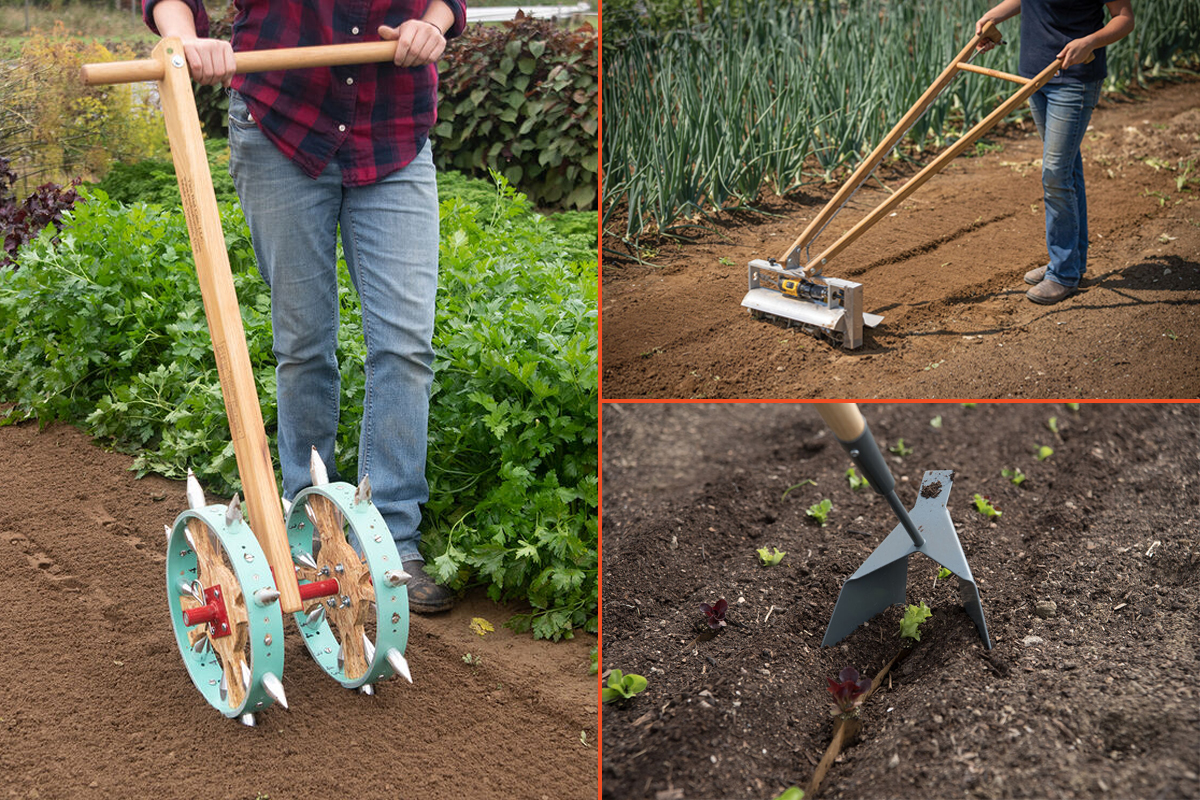Robert Chang’s fellow small-scale farmers turn to each other when they need low-cost tech to stay organized as they plant dozens of varieties of vegetables each season and seek to consistently fill their community-supported agriculture (CSA) boxes each week.
Their collective solution? Pre-programmed, customizable spreadsheets that guide them through seed purchases and planting and harvesting schedules. The spreadsheets are free, hacked together, and open source, in a sense. But, Chang told Civil Eats, “it seemed pretty complicated to me, even though I’m an IT person.”
Chang, who started farming eight years ago and works full-time in information technology off-farm, searched for a different solution for his 14-acre organic vegetable and cut flower farm in northeastern Connecticut, finding software aimed at CSAs, which he doesn’t run, or marketing and sales, which he didn’t need. Then he discovered farmOS, a free, open source record-keeping software built on the web platform Drupal.
At a time when a dense field of ag-tech startups—1,600 of them, by one estimate—are vying for market share and a number of venture capital firms now specialize in agriculture technology, finding alternatives is no small task. In 2018, tech startups along the entire agriculture and food supply chain securing nearly $17 billion in funding, with farm management and sensing startups alone attracting $945 million, according to AgFunder. The total investment haul was the highest amount ever—and 43 percent higher than the year before.
This abundance of tech can solve any problem a farmer may have, but the upfront costs and ongoing subscription fees can bring expenses through the roof.
[newsmatch_box]
Want to use satellite technology and other data to make decisions on irrigation and fertilizer application? Try Cropio, which costs 40 cents to $2 per acre per year. Seeking a business management solution to measure revenue and analyze field-by-field profits? Harvest Profit’s software runs $1,500 per year. (A consulting package that includes personalized calls twice per month goes for $10,000.)
Need a full-service solution that manages everything from worker punchcards to spraying events to RFID harvest tracking? Croptracker offers a per-service pricing plan that starts as low as $5 per user per month, but can easily run to hundreds of dollars per month for more comprehensive packages. Major names such as Granular, Conservis, Agworld, and others offer only custom quotes.
In the case of farmOS, on the other hand, Chang says, “Nobody is mining it or monetizing it in any way. It’s yours. You can export it in whatever way you want.” And it is infinitely customizable, if you’re tech savvy. “Since it’s open source, you can change the code, if you want to do your own customizations.”
FarmOS isn’t the only option for those seeking open-source alternatives, but it reflects the recent iteration of the open source farming movement, which emerged 15 years ago with a website on which farmers shared designs for hand tools and tractor implements. The scrappy movement has since evolved into an online community seeking to make the most advanced digital technologies of precision farming available to everyone, and not just Big Ag.
If it succeeds, the future of farming could be much more democratic. But it has a lot of catching up to do.
An Open Source Operating System
The open source software movement coalesced in the late 1990s, with programmers sharing software source code rather than sealing it off from users and forbidding its replication. The movement is known most famously, perhaps, for the Linux operating system, which was created by a disparate group of users connected only by the internet—a direct contrast to the sealed-in software worlds of tech titans like Microsoft and Apple.
Those using open source software in agriculture are up against similarly powerful companies. Farmers who scrap their cherished binders and spreadsheets full of records in favor of off-the-shelf farm management software often run the risk of losing control of their data to tech companies—or losing their data entirely.
Don Blair, a consultant who works with farmers setting up their own open source-based systems, knows farmers who have gone through just that. “They’ve experienced more than once that they’ve collected these records for years and the company goes out of business and there’s no way for them to get that data in a meaningful way,” Blair told Civil Eats.
